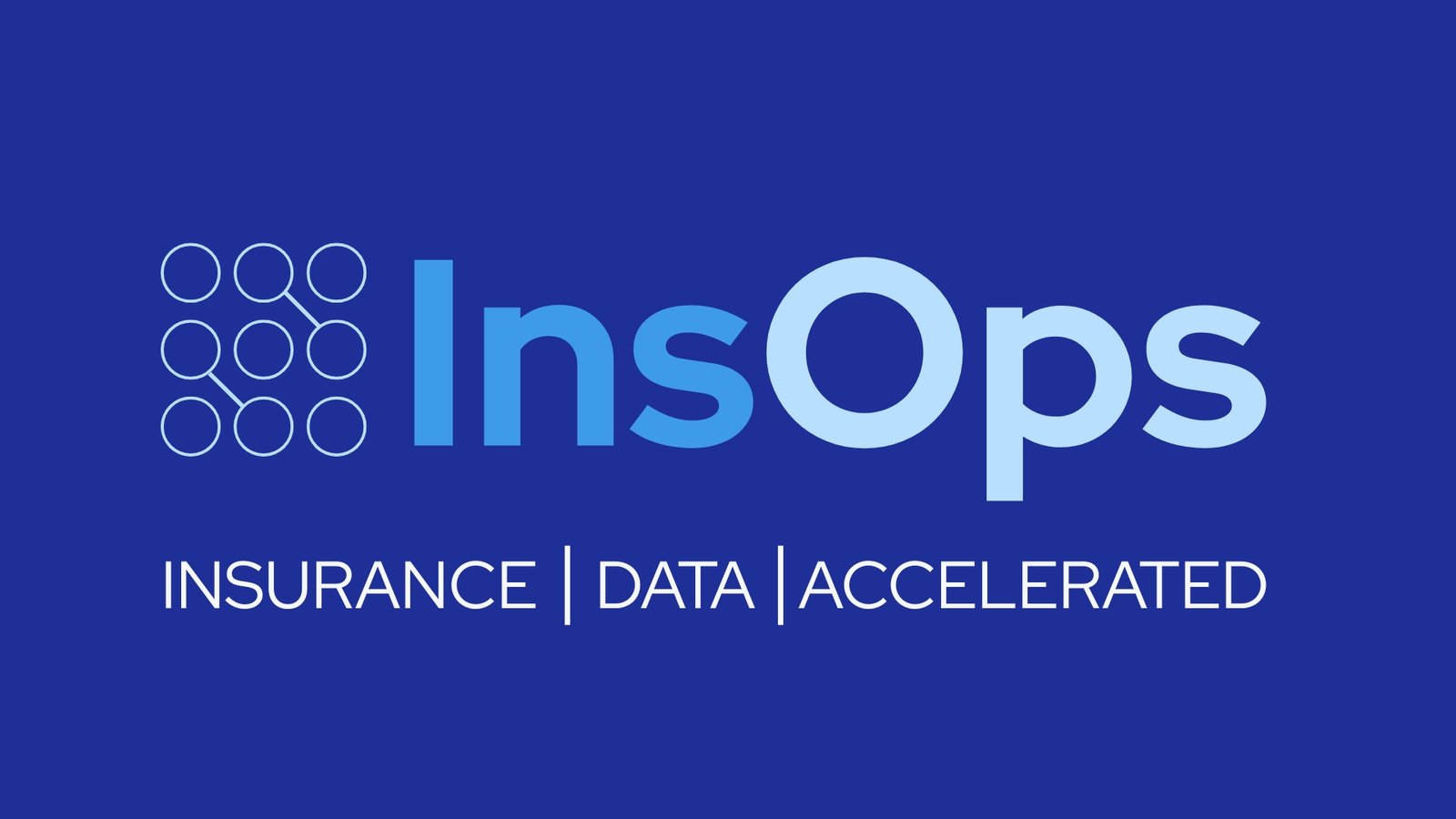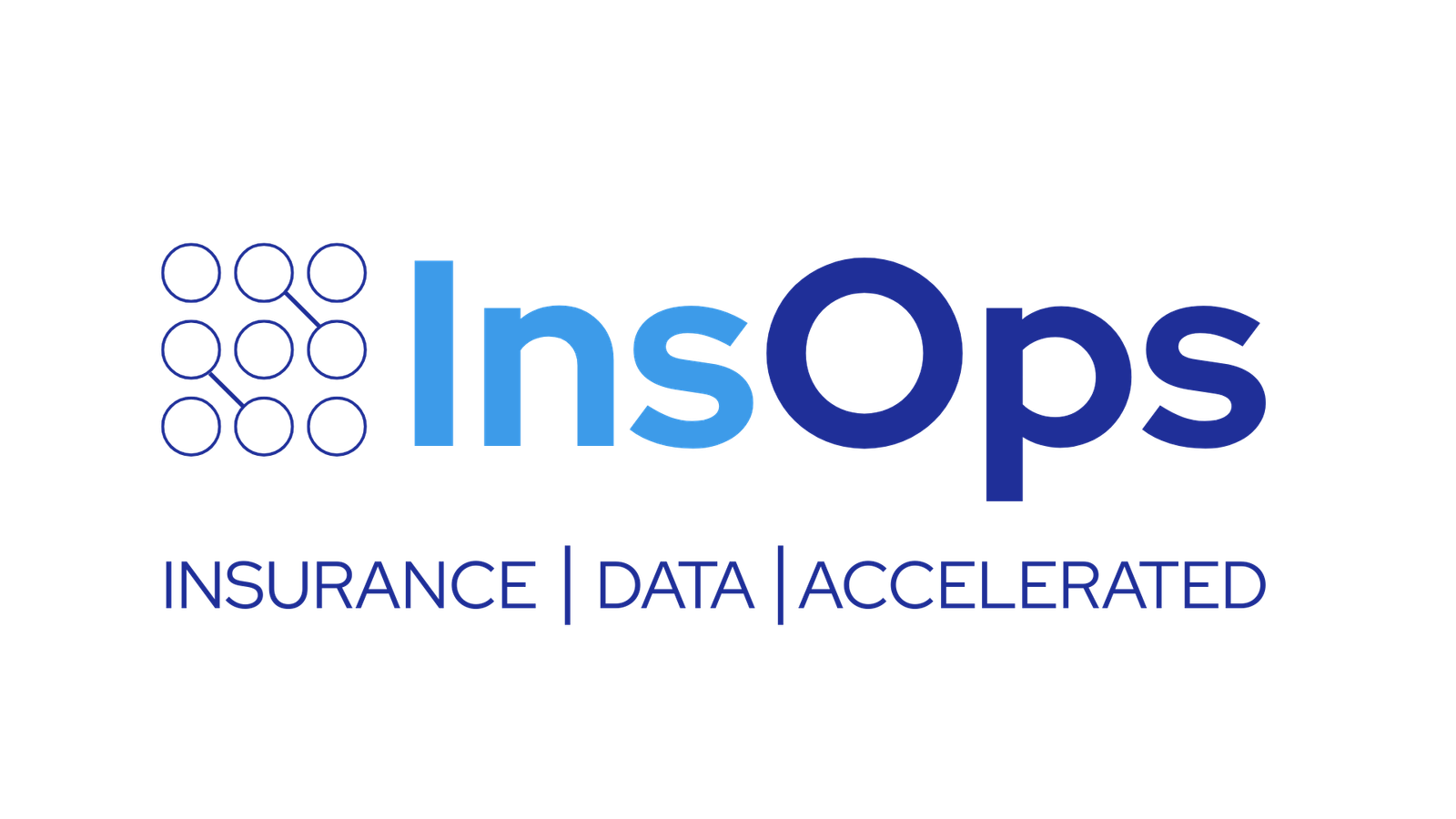Why Guidewire Migrations Take 12 to 18 Months and How to Halve That Time
Many insurers assume that migrating to Guidewire Cloud will take 12 to 18 months. But that doesn’t have to be the case.
In this post, we’ll explore why these timelines have become the norm, identify the root causes of delay, and show how smart automation and factory-based delivery models are helping insurers cut that time in half without sacrificing quality or compliance.
The 18-Month Problem: Why Traditional Migrations Drag On
Guidewire migrations have a reputation for being long, complex, and expensive. It’s not because insurers lack urgency it’s because traditional methods are riddled with friction. Here’s a deeper look at what drags these projects out:
Too much manual work
Traditional migration projects rely heavily on manual labor. Developers spend weeks combing through legacy Gosu code to identify deprecated methods, resolve compatibility issues, and rewrite configurations line-by-line.
Data teams use spreadsheets to map fields, often without clear documentation. QA teams manually write and execute test scripts across dozens of business scenarios. This labor-intensive process stretches timelines and introduces inconsistency.
Rigid, waterfall-like phases.
Most migrations follow a strict linear sequence: discovery, planning, development, testing, and deployment. Each phase must be completed before the next begins. This model amplifies delays because it halts progress for everyone if a blocker appears in development
Opportunities for iteration or course-correction are limited, and teams often scramble late in the cycle to resolve issues uncovered during testing or cutover rehearsals
Risk-averse delivery
Because core insurance systems are so critical, insurers often take a hyper-cautious approach. They duplicate testing cycles, build redundant validation environments, and insist on multiple fallback plans. While well-intentioned, this mindset can lead to overengineering. Resources are tied up in assurance rather than acceleration, and every decision takes longer to make
Siloed teams
In many organizations, the migration effort is led by a small IT group with minimal involvement from data owners, compliance officers, or line-of-business stakeholders.
As a result, key decisions are made without full context. Misaligned assumptions about data models, business rules, or integration flows surface too late causing rework, missed dependencies, and delays.
In short, most projects inherit an outdated structure and mindset. Without a shift to modern tools, agile processes, and integrated teams, migration efforts stall. That structure pushes timelines to 12, 15, even 18 months.
Where Migrations Lose Time: 5 Common Bottlenecks
| Challenge | How It Extends the Timeline |
|---|---|
| Custom code remediation | Developers must comb through years of Gosu, resolving deprecated patterns. |
| Manual data mapping | Spreadsheets and tribal knowledge delay validation and transformation. |
| Integration reengineering | Legacy interfaces must be rebuilt from scratch to be cloud-compatible. |
| Compliance testing late | Waiting until end-phase audits causes rework under pressure. |
| Scope creep and discovery | Incomplete scoping reveals issues too late, triggering timeline resets. |
How Insurers Are Cutting Migration Time by 30 to 50%
Forward-looking insurers are flipping the model. They’re replacing slow, manual, and fragmented migration efforts with smart automation and repeatable patterns. Here’s how the most efficient migrations are getting done:
1. AI-Powered Code Remediation
Instead of spending weeks manually reviewing and rewriting outdated code, insurers are adopting AI-assisted upgrade tools. These tools automatically scan codebases, identify deprecated elements, and apply modern equivalents in minutes. They reduce the error rate, preserve business logic, and allow developers to focus on business-critical enhancements rather than repetitive cleanup.
2. Automated, Insurance-Specific Data Mapping
Traditional data mapping is slow because it relies on spreadsheets, tribal knowledge, and manual reviews. Modern migration platforms—like those used by InsOps—bypass this by using prebuilt data models and domain-aware mapping engines. These tools understand the relationships between claims, policies, billing records, and customer entities. They validate data against business rules continuously and preserve referential integrity, drastically improving speed and accuracy.
3. Test Automation at the Core
Manual testing slows everything down and increases the chance of late-stage surprises. Instead, insurers are building automated regression suites that run daily. These include API-level validations and full business process scenarios using the Guidewire Testing Framework. Automated tests catch breakages early, enforce consistency, and ensure cloud updates don’t introduce regressions, supporting Guidewire’s triannual update cadence with confidence.
Case Study: Golden Bear Cuts Timeline in Half
In 2024, Golden Bear Insurance needed to retire their 40-year-old AS/400 claims system. Working with InsOps, they:
- Used ETL-free ingestion to migrate data in phases, starting with open claims.
- Validated 99%+ data accuracy through iterative testing.
- Retired the legacy system and completed full migration in just 6 months.
This wasn’t a scaled-down project. It included legacy data consolidation, system integration, and historical claims going back a decade. The key? Automation-first execution and parallel validation cycles.
Your Guide to a Faster Migration: What InsOps Delivers
Modernizing core insurance systems doesn’t have to be a drawn-out, high-risk effort. At InsOps, our goal is to help insurers make the shift with greater speed and confidence by applying proven, purpose-built practices. Here’s how our approach aligns to the essential building blocks of successful migration
1. Run a readiness scan with real impact.
Every engagement starts with a structured assessment. We look at your legacy environment, codebase, data quality, and integration landscape to identify blockers early. This upfront visibility helps avoid surprises later and sets the foundation for a precise, streamlined plan.
2. Automate what matters most
Manual migration work is a top reason timelines stretch. We apply automation where it consistently accelerates delivery and enhances quality—across code analysis, data processing, and test execution. For example, automated scans flag issues in Gosu code early, metadata-driven ingestion simplifies data onboarding, and continuous regression testing ensures stability throughout
3. Treat data as a continuous workflow
Our ETL-free data ingestion engine supports iterative loading and validation. This means your business users can review and validate data in staging environments before go-live, reducing pressure and improving data confidence from day one.
4. Use a factory model to scale
We apply a standardized framework across engagements, using prebuilt accelerators and templates to avoid reinventing the wheel. This factory model enables faster onboarding of business lines and supports concurrent workstreams without compromising quality
5. Plan and rehearse cutover carefully
Our cutover playbook includes dress rehearsals, rollback scenarios, and user validation plans. By simulating the go-live experience multiple times, we help ensure the final transition is calm, predictable, and disruption-free
This wasn’t a scaled-down project. It included legacy data consolidation, system integration, and historical claims going back a decade. The key? Automation-first execution and parallel validation cycles.
The Bottom Line
Guidewire migrations don’t have to take 18 months. With the right approach—automation-first, business-aligned, factory-driven insurers can complete end-to-end transitions in 6 to 9 months. The difference isn’t more resources. It’s smarter execution.
Ready to move faster?
Schedule a FREE consultation with InsOps to explore how we can accelerate your Guidewire migration without the risk..
Frequently Asked Questions
Why do traditional Guidewire migrations take 12–18 months?
Traditional migrations follow linear, waterfall-like processes with heavy manual labor—code reviews, data mapping, and compliance testing. These phases operate in silos and delay resolution of cross-functional dependencies
How does InsOps reduce migration timelines by up to 50%?
InsOps applies automation-first strategies, including AI-powered code remediation, domain-aware data mapping engines, automated testing, and a factory-based delivery model. These accelerate each phase and enable concurrent workstreams without sacrificing compliance.
What makes InsOps different from traditional system integrators?
While traditional partners rely on manpower-heavy execution, InsOps delivers a modern, data-driven model focused on speed, accuracy, and agility. Our ETL-free data ingestion engine, prebuilt accelerators, and iterative validation cycles create a scalable, low-risk migration path.
Can InsOps handle complex legacy systems like AS/400?
Yes. Our recent success with Golden Bear Insurance, where we migrated a 40-year-old AS/400 system in just 6 months, demonstrates our ability to manage legacy complexity, ensure data integrity, and complete migrations with zero downtime.
What role do insurers play during the migration?
InsOps integrates closely with business, compliance, and IT stakeholders from day one. Business users validate data iteratively, ensuring that go-live decisions are informed, not rushed.

